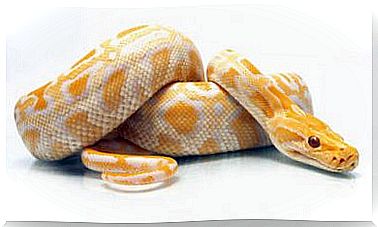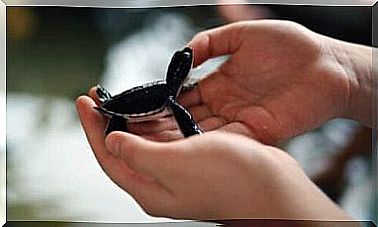How Do Owls Turn Their Heads So Much?
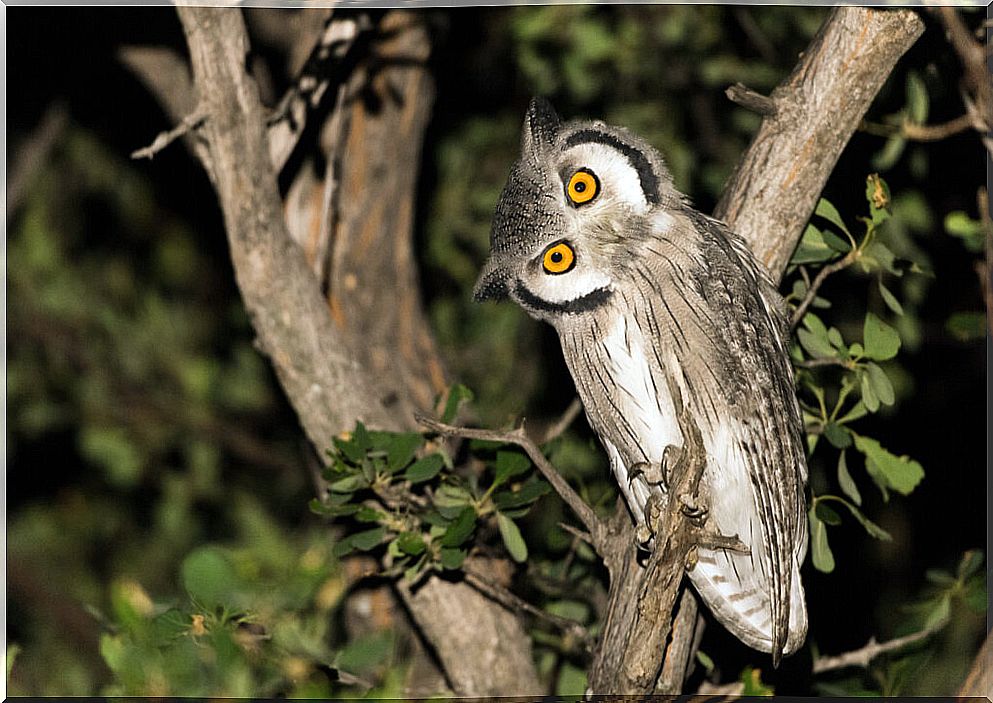
It is impossible to surprise them from behind, since owls can turn their heads in a way unthinkable for humans. Clearly, they have something that the rest of the animals lack, or they couldn’t turn around in a way that would kill most other vertebrates.
But why do owls need this ability? And how do they do it? Are they the only animals capable of making this gesture at the limit of survival? The answers to these and other questions can be found in the following lines.
Why can owls turn their heads so much?
These nocturnal predatory birds are gifted with an extraordinary sense of hearing and sight to find their prey in the dark. Owls, like other nocturnal animals, cannot see colors – at night it is not necessary – but their binocular vision is excellent.
On the other hand, the eyeballs of owls – and other raptors – are tubular in shape to enhance their depth vision, so it is impossible for them to move them to scan their surroundings. This directly implies that they have to turn their necks to look at any point.
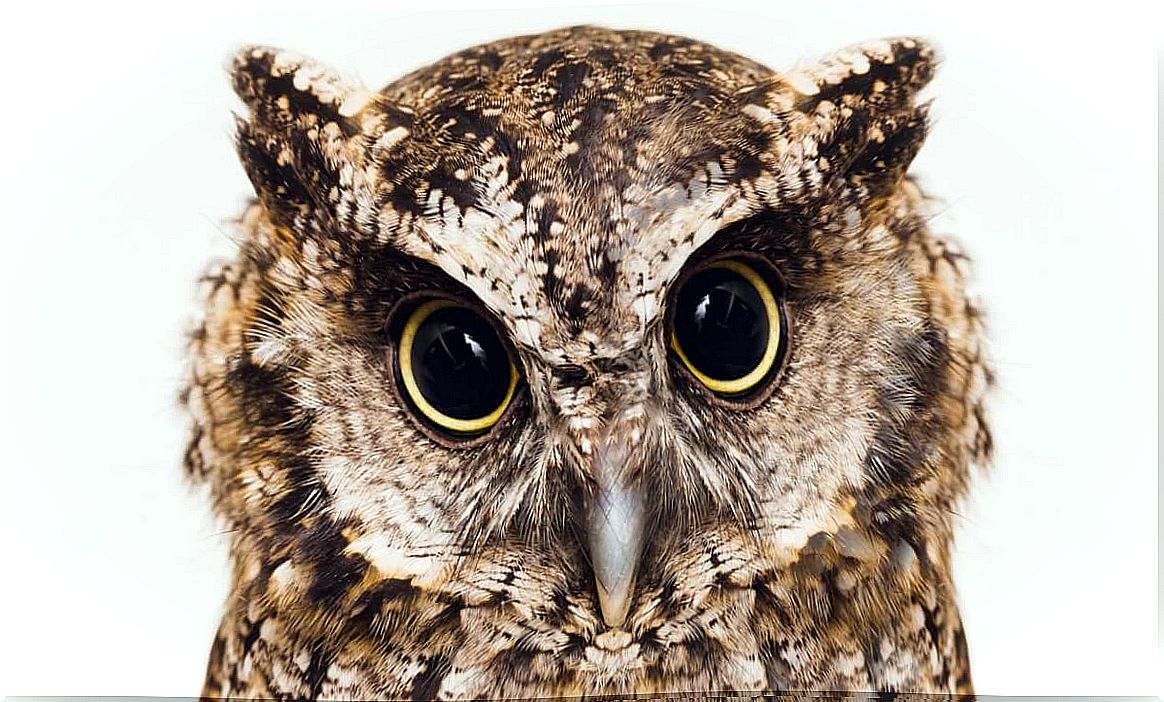
Can owls turn their heads 360 degrees?
These birds cannot actually turn their heads in a perfect circumference. However, they are not far behind – owls are capable of turning their heads up to 270 degrees. For comparison, we humans only push ourselves up to 90 degrees on our axis.
It is logical to think that it is not possible to rotate the neck so much, since it is an area through which very important elements of the body pass, such as the trachea, tendons and blood vessels. If this structure is twisted beyond its carrying capacity, internal bleeding, disruption of air passage to the lungs and even cervical fractures occur, but this is not the case with owls.
So how do owls do it?
Owls do not damage their blood vessels or force their neck tendons, they are designed to do so. Their entire cervical anatomy allows for extreme twisting without causing injury or interrupting the passage of air or blood to the brain.
The owl’s cervical bone structure is designed for this extreme movement. While humans only have 7 cervical vertebrae, this raptor has 14. However, what’s truly amazing is the design of its circulatory system, as studies indicate.
The cervical and cephalic arteries run the length of the spine, passing through small holes in each vertebra. In the case of these nocturnal birds of prey, these holes are 10 times larger than in humans.
This excess space creates small air pockets, which prevent strangulation of the vertebral artery. This allows the brain to continue being supplied with blood even during the twist.
On the other hand, these nocturnal birds have small interconnections between the carotid and vertebral arteries, which allow for the exchange of blood between them. In this way, if one path is blocked by the twisting of the neck, the other artery is still able to supply blood to the brain.
The importance of this fact for human medicine
In conclusion, it never hurts to point out how much you can learn from animals. Any doctor who sees a nocturnal bird of prey turn its head like that will wonder how the forests aren’t full of stroke-killed owls.
Human arteries, fragile and thin, have nothing to do with the great arteries of owls and their interconnections. Nor are our tendons and muscles as flexible as those of these beautiful birds. All owl birds – owls, owls, barn owls, and so on – possess these robust motor and circulatory systems.
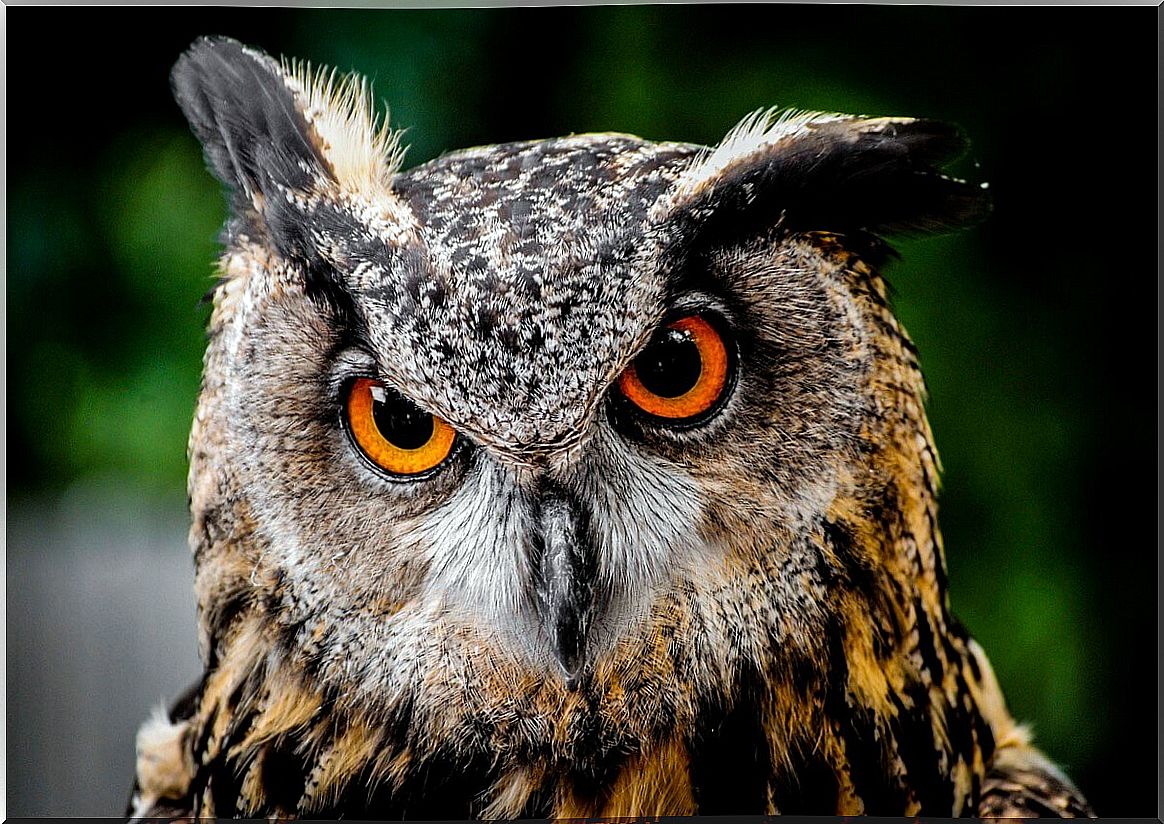
What is dark and terrifying to legends is a source of information that can save lives for medicine. What else do these amazing creatures have to tell us? Only science and the physiological study of living beings will give us more answers over time.



